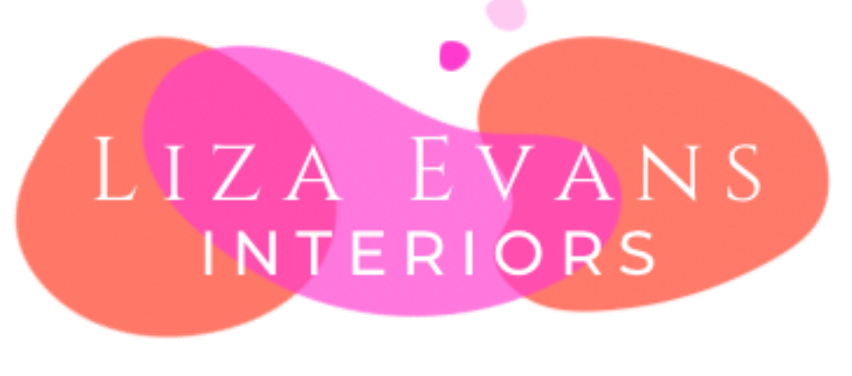The psychology of interior design – how to maximize office friendships and collaboration
The psychology of interior design – how to maximize office friendships and collaboration
The psychology of office interior design plays a crucial role in fostering workplace friendships and overall employee satisfaction. Understanding how interior design can influence the social dynamics of an office is key to creating a productive and harmonious work environment. As an expert in boutique office design, I’ve seen firsthand how strategic design decisions can transform office spaces and enhance employee interactions.
The Influence of Office Interior Design on Social Connections
Psychological research dating back to the 1940s highlights how friendships form based on frequent, passive contacts. Festinger, Schachter, and Back’s study found that students living in close proximity were more likely to form friendships, regardless of their individual interests and values. This principle can be applied to modern office interior design to encourage social interactions and collaboration among employees.
Creating Collaborative Spaces in Boutique Office Design
One of the most notable examples of applying these principles is Pixar’s Emeryville HQ. Pixar designed its office with massive atriums and open spaces to promote unplanned encounters and collaborations among staff. This approach has evolved, with Pixar now incorporating clusters of small offices around smaller open spaces to facilitate creative mingling.
Here are a few key considerations for maximizing collaborative office interior design:
Encourage Social Interaction
Design elements such as open atriums, communal areas, and strategically placed break rooms can encourage casual encounters and foster friendships. Collaborative interior design should aim to break down departmental silos and promote teamwork.
Tailor the Design to Your Company’s Needs
The ideal office environment varies depending on the company culture and employee needs. A flexible approach to office interior design ensures that the space remains conducive to productivity and employee satisfaction.
Monitor and Adjust Based on Feedback
Continuously assess how staff and clients respond to the designed workspace. Use indicators such as low staff churn, high productivity, and sustained brand loyalty to gauge the effectiveness of your design decisions.
Integrating Luxury Interior Design into Office Spaces
For companies looking to elevate their office aesthetics, integrating luxury interior design elements can enhance the workspace’s appeal and comfort. High-end office interiors not only create a positive first impression but also contribute to employee well-being and productivity.
If you’re seeking professional interior design services in San Francisco, it’s essential to find designers who understand the unique needs of office environments. Boutique office design specialists can create tailored solutions that align with your company’s goals and enhance workplace dynamics.
